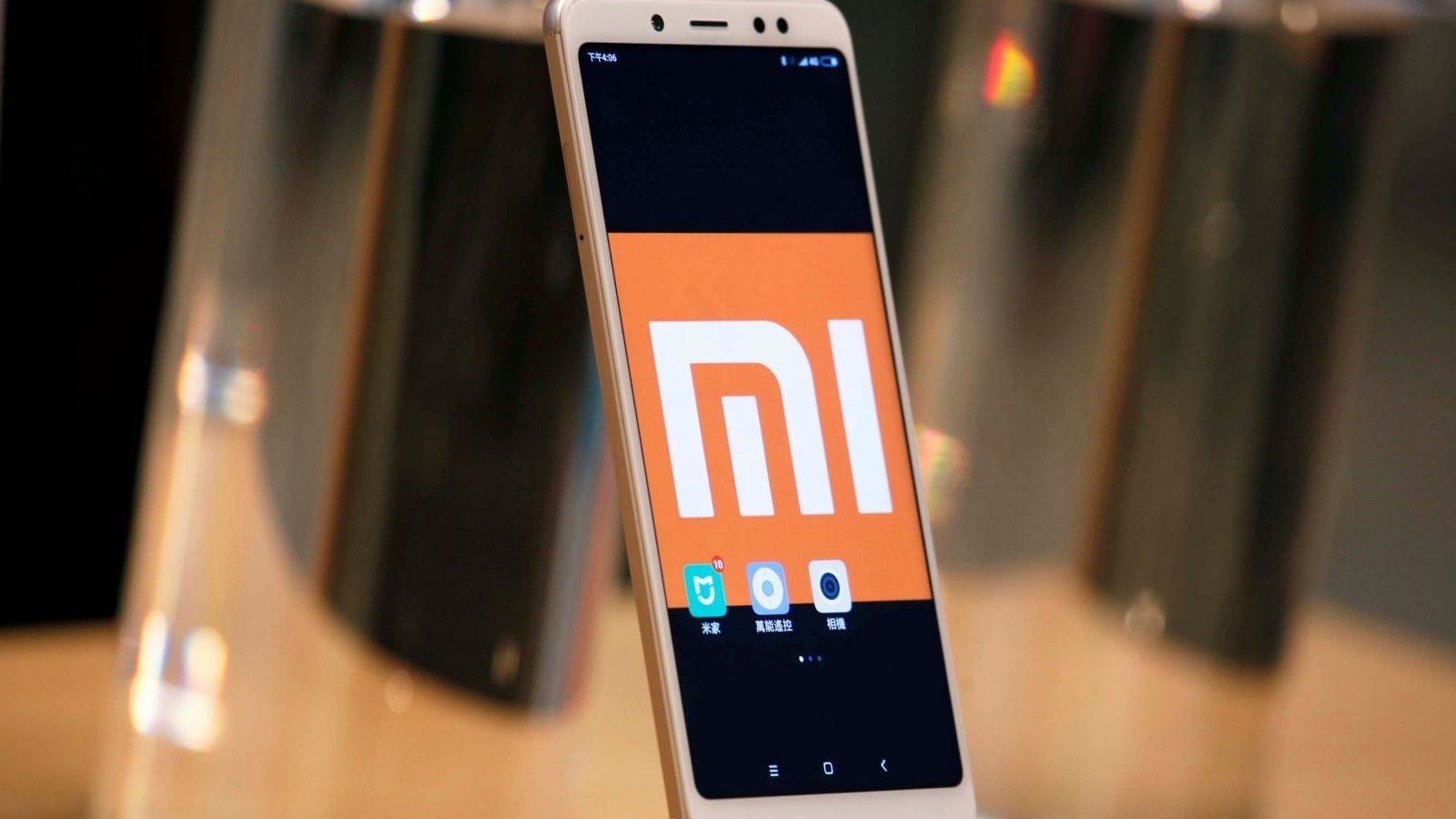How India’s smartphone mania fuelled Xiaomi’s spectacular rise
Xiaomi is bringing the biggest public listing the world has seen in four years, and the Chinese phone-maker has India to thank for it in some ways.


Xiaomi is bringing the biggest public listing the world has seen in four years, and the Chinese phone-maker has India to thank for it in some ways.
The world’s fourth-largest smartphone maker is looking to raise $10 billion from an initial public offering (IPO) that would value the company at up to $100 billion, much of it built on the back of its performance in its home turf, China. But Xiaomi has also been a success in India, currently the company’s second-largest market.
Launched in India in 2014, Xiaomi has taken the country by storm. In just two years, the brand has become the largest player in the world’s second-largest smartphone market, elbowing out South Korea’s Samsung.
“India represents our largest market outside of mainland China and is an example of the success we achieved in international expansion,” Xiaomi said in its IPO document (pdf). “We have built a robust new retail infrastructure for the distribution for our products and services… We are also expanding our internet service offerings to users in India through collaborating with and investment in local partners such as video content providers.”
Between January and March 2018, Xiaomi controlled a 31% share of India’s smartphone market, up from just 13% a year ago.
Xiaomi’s spectacular success in India is thanks to its value-for-money products, unique retailing tactics, and a strong supply chain. The company made the right moves in terms of localising its offerings, which has added to its success, analysts said.
“We have a local product and R&D team (in India), and we customise our products and services for India’s local conditions…,” Xiaomi said in its IPO document.
The company’s IPO is good news for the Indian market because analysts believe that the availability of additional funds will help Xiaomi invest more here. In all likelihood, this won’t be restricted to only launching new mobile phones but will spill over to other internet businesses such as its music streaming service, Mi Music.
“India will be a priority market,” said Tarun Pathak, associate director at Counterpoint Research. “There has been a lot of energy spent on making India-centric products, so after the IPO we will see more energy in the India market and that will be not just devices but the ecosystem as a whole. If you have more investment, you can divert it to some of your best-selling countries and sell products which are as per local needs and preferences.”